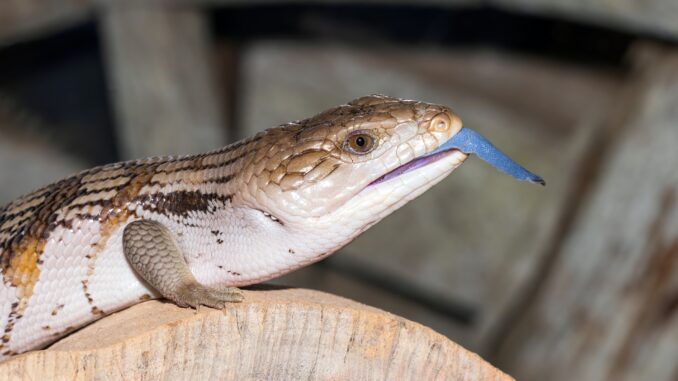
Lizards are among the most popular pet reptiles, and for good reason. They’re easy to care for, they don’t require much space, and they’re fascinating to watch. Plus, they’re a lot of fun to handle! Here’s a guide to some of the best lizards to keep as pets.
Leopard gecko
The leopard gecko is a great choice for beginners. It’s easy to care for, and has a long lifespan–up to 15 years in captivity. This lizard is also nocturnal, so you don’t have to worry about waking up at night if your lizard wants some attention!
Leopard geckos are omnivores that eat a diet of insects and plants. You should feed them crickets (ideally dusted with calcium or vitamin supplements) or other insects such as mealworms or waxworms once per week, along with leafy greens like collard greens or kale every other day. They will also need water available at all times in their habitat as well as hiding spots where they can feel safe from predators like snakes or birds who might try eating them if they’re feeling hungry!
Bearded dragon
Bearded dragons are one of the most popular reptile pets. They’re very active and inquisitive, so they’ll keep you entertained all day long. They can be hand-fed if you want to spend time with them, but their main diet should be insects such as crickets or mealworms. Bearded dragons are also great at climbing trees–it’s not uncommon for them to climb up onto branches and hang out there!
Bearded dragons need a vivarium that is at least 60cm x 60cm x 30cm (24″ x 24″ x 12″). You’ll also need to provide heat lamps in both ends of the cage so your bearded dragon has plenty of warmth throughout its whole enclosure.
Blue-tongue skink
Blue-tongue skinks are one of the most popular lizards to keep as pets. They’re easy to care for and don’t require a lot of attention, making them great starter lizards for those who are new to reptile keeping.
These skinks are omnivores, meaning they eat both plants and meat. In the wild, these omnivorous reptiles eat insects (such as crickets), worms and other invertebrates like snails or slugs; they also enjoy fruits such as mangoes or bananas every once in awhile. In captivity you should feed your blue-tongue skink insects such as mealworms or superworms two times per week along with leafy greens like kale or collard greens once per week. You can also offer yogurt drops occasionally as a treat!
Blue-tongues reach sexual maturity at around two years old but will continue growing throughout their lives–they can grow up to 24 inches long! Males tend to be smaller than females but have more vibrant coloration with brighter blue tongues when compared side by side against each other (the male’s tongue will appear darker).
Variegated corn snake
Ok, we are cheating a bit here, we know this is not.a lizard, but it still makes a great pet. The corn snake is a popular pet snake because of its docile nature, ease of care and availability. They are not venomous and have no teeth so they can’t bite or chew on you. Corn snakes are omnivorous, which means they will eat both meat and plant material in the wild. In captivity, they need a variety of foods including mice (live or frozen), rats (live or freeze-dried), earthworms and insects such as crickets.
They can be kept in either terrariums or aquariums but it’s important that these enclosures provide enough room for your reptile to move around comfortably without injuring itself on sharp corners or objects inside the habitat such as rocks or branches from trees that may be placed there intentionally but could pose danger if left unattended for too long when cleaning out their cage every week/month depending on how often you decide upon cleaning up after them!
Takeaway:
The takeaway of this article is that you should consider getting a lizard as a pet, but only if you are willing to take care of it properly. Lizards are good pets because they require very little maintenance and they’re interesting to watch. They can also be fun to play with if you have an active lifestyle or like taking walks outside, since lizards enjoy exploring their surroundings just like dogs do!
If you’re still unsure about whether or not lizards make good pets, there’s no harm in doing some research on them before making your decision (or asking someone who already has one). You might find out that they’re exactly what you’ve been looking for all along!
We hope that you’ve enjoyed reading about some of the best lizards to keep as pets. As you can see, there are many different types of lizards and each one has its own unique characteristics. If you’re looking for something small and cute, we highly recommend getting a leopard gecko or blue-tongue skink!
Leave a Reply